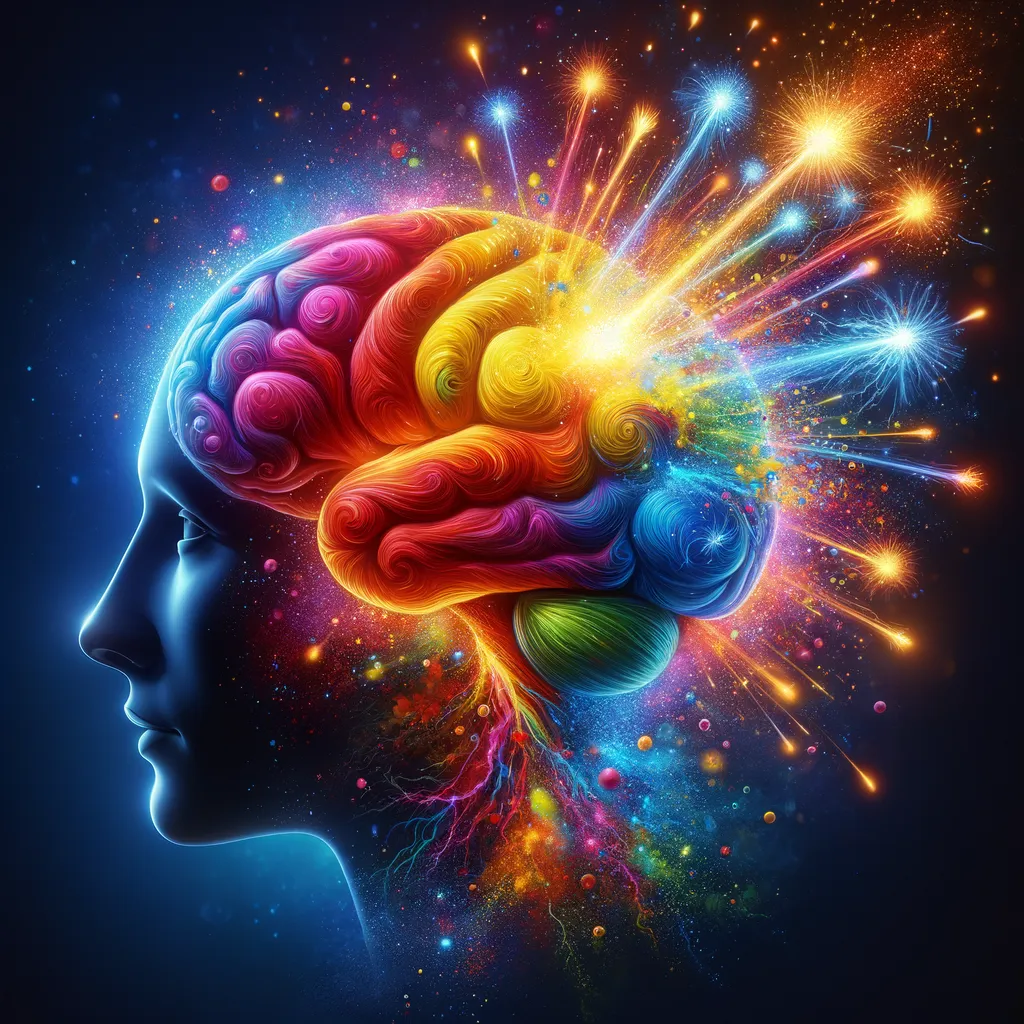
The Neuroscience of Storytelling: Why Your Brand Narrative Rewires the Brain
Stories aren’t just entertainment; they are fundamental to how we process the world. From the earliest oral traditions to modern marketing strategies, narratives have shaped human perception, decision-making, and emotional connections. If you think storytelling is just a nice addition to your brand, think again—your brand’s story doesn’t just influence your audience; it physically rewires their brain.
How Storytelling Activates the Brain
When someone hears a well-told story, their brain doesn’t just passively consume the information. Instead, multiple neural regions light up simultaneously:
This is why businesses relying solely on technical specifications or logical arguments struggle to connect. People don’t remember facts—they remember emotions, imagery, and the meaning behind what they experience.
Mirror Neurons: The Science Behind Empathy in Storytelling
One of the most profound discoveries in neuroscience is mirror neurons—the specialized brain cells that fire both when we act and when we observe someone else acting. When you see someone smiling, your mirror neurons activate as if you are smiling too.
So what happens when we consume stories? We don’t just listen to them, we live them. This is why a powerful brand narrative makes your audience feel emotionally invested. A story of triumph, failure, resilience, or hope triggers mirror neuron activity, making your customers feel personally connected to your brand’s journey.
Businesses that master storytelling tap into this neurological empathy, turning casual consumers into loyal advocates.
Oxytocin: The Trust Hormone That Strengthens Brand Loyalty
If mirror neurons explain emotional connection, oxytocin explains trust. Often called the “bonding hormone,” oxytocin is released when people engage in meaningful social interactions, fostering feelings of safety and connection.
Studies show that compelling stories—especially those featuring adversity, vulnerability, or shared struggles—stimulate oxytocin production in the brain. This chemical reaction makes a brand feel more authentic and trustworthy, strengthening consumer loyalty.
This is why brands that embrace human storytelling—showing real people, real challenges, and real values—experience deeper engagement. People buy when they trust. And trust isn’t built through ads; it’s built through stories.
The Story-Shaped Perception of Trust
A well-crafted brand narrative alters how people perceive you. Trust isn’t a checklist; it’s an emotional experience shaped by narratives.
Consider two brands selling the same product. One shares statistics and features. The other tells the story of how their founder overcame adversity to create something meaningful. Despite offering identical products, the second brand will naturally feel more trustworthy, because stories humanize brands.
This is why Apple’s early marketing focused on rebellion and creative empowerment. Why Nike’s ads tell stories of perseverance rather than just selling shoes. Why Patagonia’s environmental stance feels real rather than performative. These brands don’t just sell products; they sell beliefs, rewiring our perceptions through storytelling.
Marketing isn’t just about persuasion—it’s about shaping perception at a neurological level. The power of a brand story lies in its ability to ignite empathy, trigger oxytocin-driven trust, and embed itself into memory through emotional connection.
If your business isn’t leveraging storytelling, you’re leaving deep psychological influence on the table. The brands that master this art don’t just attract customers—they create tribes. And those tribes don’t just buy—they believe.
Are you telling a story worth believing in?



